1 – Turn Off Unused or Unnecessary Features
 As an easy first step to start making your CRM life easier, go turn off all the features that you either do not use or dislike using. If your software doesn’t have a setting for specifically disabling a feature, see if you can adjust your security settings to lock off this part of the system rather than disable it entirely.
As an easy first step to start making your CRM life easier, go turn off all the features that you either do not use or dislike using. If your software doesn’t have a setting for specifically disabling a feature, see if you can adjust your security settings to lock off this part of the system rather than disable it entirely.
While you’re digging in these settings and security interfaces of your CRM, see if you can also limit or clean up any unnecessary dashboards or statistics that are being displayed.
Why It Works - The idea here is to clear the interface of distractions, make the features you do use less complicated, and avoid unnecessary steps in using the CRM.
As you’ve certainly heard at some point in your life, “less is sometimes more”. The CRM software trope of today is to stuff systems with as many features as humanly possible, regardless of how good they work to surmount any competitors in the market. According to Capterra.com, CRM software is ranked #1 in the 700+ categories of software they index, so it’s no surprise to see this tactic.
You’ve also probably heard the phrase “out of sight, out of mind”. We find that in the business world, applying this phrase in appropriate ways can have remarkable effects on productivity. For example, see the “To Do Lists” below.
The first list has a ton of items on it. Some are really important and some could be done at a later time. Having a list like this first one can become overwhelming and actually prevent work from being done. By thinning down the list to critical items, you can focus your attention on what’s important and ignore the distractions. Try applying this same concept throughout your CRM.
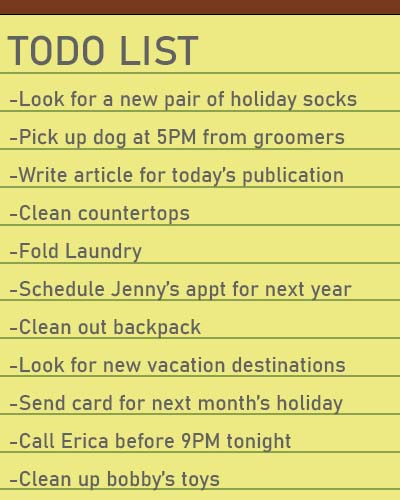

See how much less stressful the critical to do list feels? Don't worry, we didn't forget about looking for a new pair of holiday socks or vacation destinations, we just don't need to do those things right now.
2 – Re-evaluate Data Entry Forms
When filling out form fields within your CRM, determine which fields are truly necessary for specifically your business. If you find you never actually use the data from a field you’re entering, simply stop entering that data or hide the field entirely. Your goal here should be to get data entry down to the absolute minimum number of fields possible!
Why It Works – Simply put, the less fields of data entry, the less time you spend using the CRM. Seems obvious but it’s something people often don’t realize is even possible. One of the biggest complaints of CRM software is actually performing data entry. By eliminating unnecessary data entry, you’ll immediately see the positive benefits from the data you do enter and learn how to apply this concept throughout your entire CRM workflow.
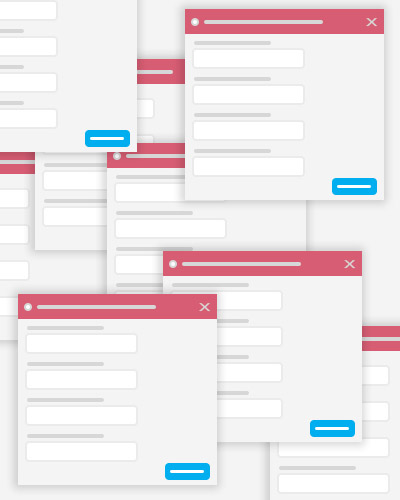
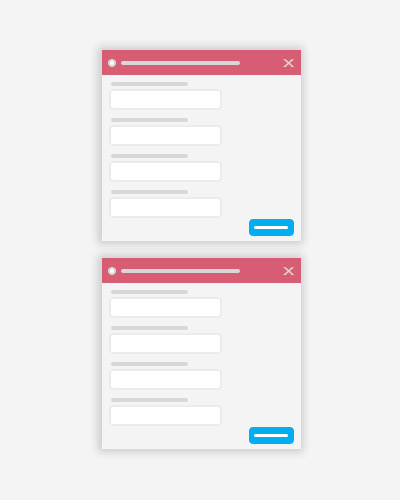
CRM software is typically built to target a specific sector of business. For example, Photography CRM software, Construction CRM Software, etc. The hope is that the software company building the CRM has reviewed that sector’s pain points and designed forms that track the appropriate date for that sector. The problem is that not all Photography and Construction businesses are alike. This can lead to over complicated forms and features that simply don’t matter to you. When using prebuilt CRM software like this, it’s up to you to customize the software as much as you can to fit your specific needs.
3 – Identify Problems You Want Your CRM To Solve
Think of the critical problems you face or things that take a long time with your business currently. Ask yourself how you can solve these issues. Does a certain business decision need to be made? If you had XYZ information, would you be able to make that decision easier or a slow process faster? Target these specific problems and determine if data can help.
Why It Works – Say for example, your problem is that you’re spending a lot of money on advertising with Facebook and Google but you’re not sure if it’s worth it. Should you dump one of them, split your budgets or look somewhere else?
One way your CRM could solve this issue for you is by tracking where you acquired customers. Later you can run a database report totaling how many customers you received from Facebook vs. Google. This will allow you to determine a customer acquisition cost (CAC) for each service and see who is winning.
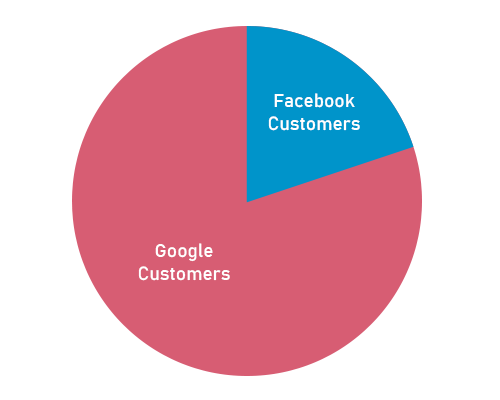
However, as we mentioned in item #2 above, make sure that the time you invest in tracking this information is worth it. In this example, you’re can quantify exactly how much this data is worth to you and make a sound decision.
4 – Automate!
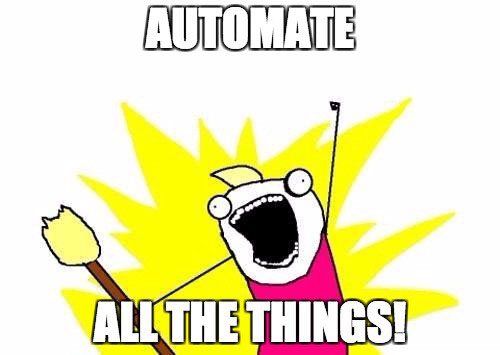
Sorry, we couldn't resist a good meme.
The easiest way to find automatable parts of your business is to think of the things you do that are repetitive but change very little in each iteration. Once you’ve established something that follows this pattern, you can begin to look into automating it.
Luckily almost all CRM software offers some sort of automation built in. This can be via the use of APIs, third party tools / plugins, or even in workflow interfaces available directly within the software. Spend some time evaluating what automation options are available to you and implement them.
Why It Works – It might sound like a drag to invest time learning about these features, but upfronting this effort can save you hours of work every week. Something as simple as integrating your payment gateway with your CRM can save you mountains of time reconciling invoices.
Many people get freaked out by the technical aspect of automation but there are so many tools on the internet these days (Zapier, IFTTT) that offer super simple point and click integrations with CRM applications. Additionally, people are often worried that automation will scrub their business of that “personal touch”. When automation is applied carefully and in the correct places, neither of the above are issues and your customers will love you for it.
You may also be interested to read a previous article we wrote about automating contract signing reminders.
5 – Know When to Try Something Different
Say you gave it your best shot and your CRM is still not doing it for you. It’s okay to try something else! There’s no point in working with software you hate every day. You’re going to spend a lot of time integrating this software into your life. You should love it like a significant other. All we ask is that you try your hardest. If that doesn’t work, don’t be afraid to move along.

Why It Works – Nearly every CRM worth their salt has a money-back guarantee or free trial period. Its highly likely you can get all your money back from a failed CRM implementation. Especially if your departure from their software is due to bugs or the CRMs negligence.
You might be thinking, “What about all the time I spent entering data? I can’t leave or I lose all my work!”. As we mentioned in item #1, there are hundreds of different CRMs for your business sector. All of which are competitors to each other. You’ll find that many of these companies are very familiar with their competition’s systems and can easily import your data from the originating CRM into theirs.
Remember not everyone thinks exactly the same. There’s no shame in looking for software designed by people who think more like you.
This article was written by Node14, a custom business database software company that builds CRMs and database systems. Node14 offers incredible customization that satisfies each of the above points. We’re absolutely fanatical on the idea that you should love your software and we spend every moment of our day trying to make this true. If you hate your CRM and want something that fits specifically your business, drop us a line.